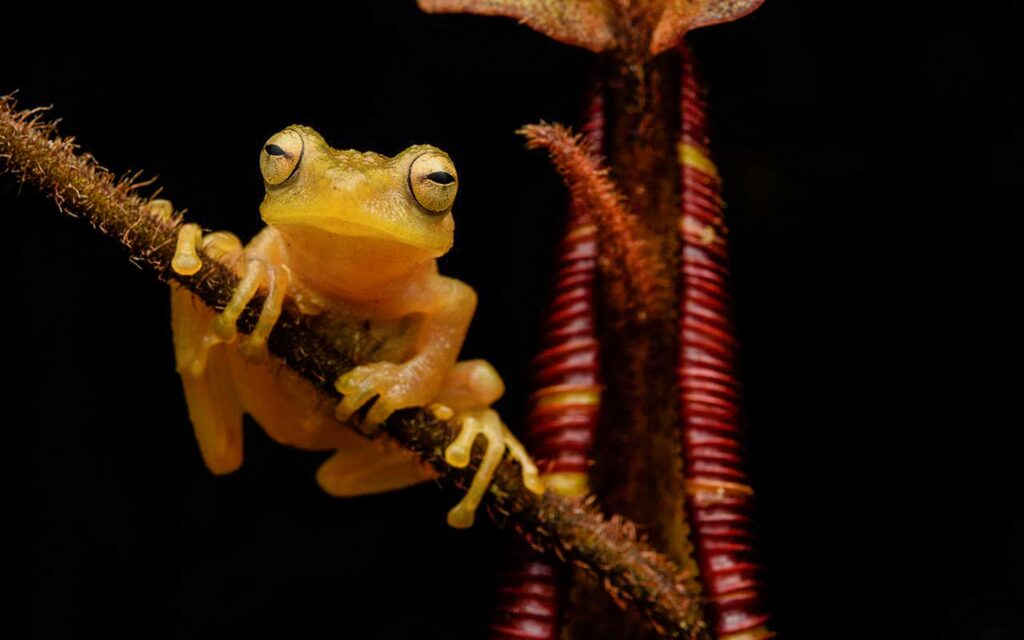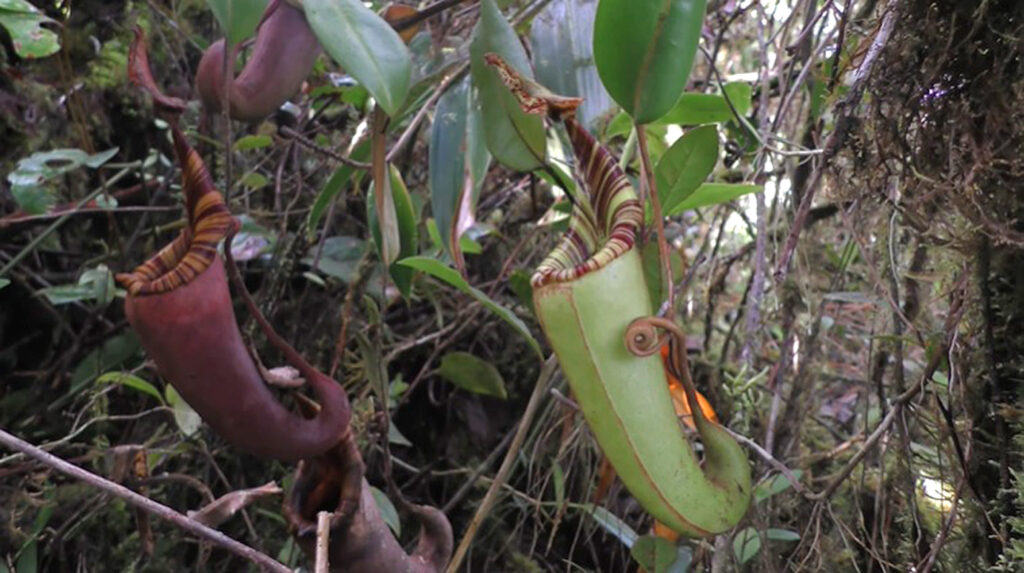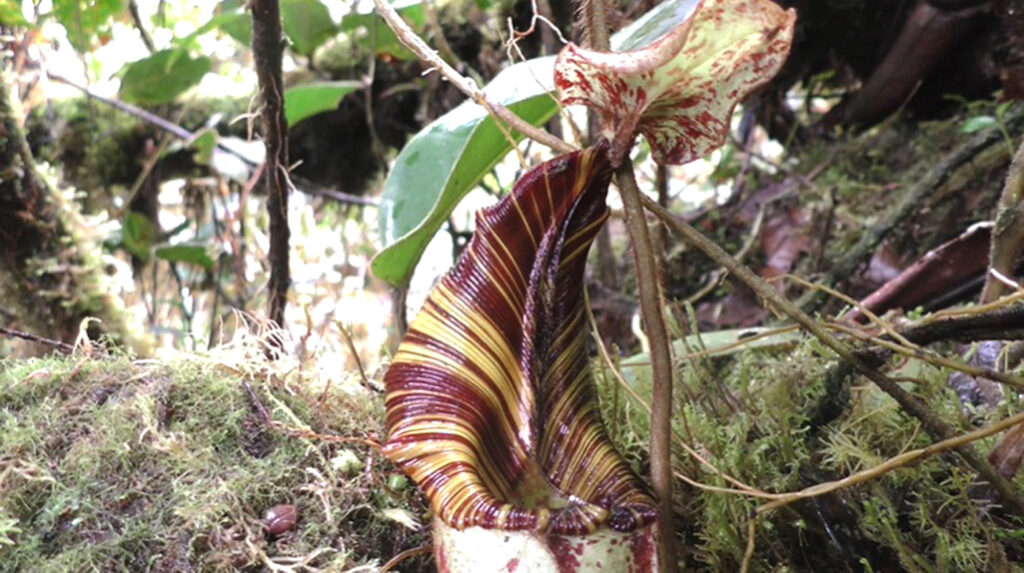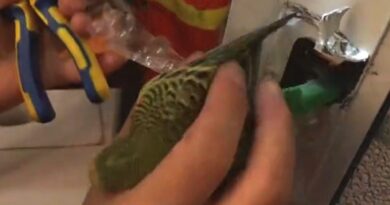Scientist Discovers Incredible New Frog Species Whose Tadpoles Grow Inside Carnivorous Plant
A new species of frog that lays its tadpoles inside a carnivorous plant which then feeds on the tadpole droppings has recently been discovered by an international team of scientists in the tropical rainforests of Borneo.
The international research team lead by Dr Stefan Hertwig from the Natural History Museum of Bern (NMBE) in Switzerland found several specimens of the newly discovered pitcher frog in the tropical rainforests of Borneo in the Malay Archipelago.
Borneo’s tropical rainforests are a global floral and faunal biodiversity hotspot, where scientists constantly discover and describe new species in a race against the rapid destruction of natural habitats.

Hertwig, who is also Curator of the Herpetology Department at NMBE, collaborated with researchers from the University of Bern in Switzerland, the University Malaysia Sarawak in Malaysia and the Center of Natural History in Hamburg in Germany when they encountered the specimen during their three expeditions.
According to Hertwig, the 25 to 30 millimetres (0.98 to 1.18 in) big and rather harmless-looking frog resides in and around the carnivorous pitcher plant Nepenthes mollis, which served as an inspiration for the little guy’s name.
The researchers found out that the male individuals usually sit on the pitchers over the night and emit loud sounds to entice the females to mate.

The small amphibian, named Philautus nepenthophilus or the pitcher plant-loving frog, then uses the carnivorous pitcher plants as a nursery for its offspring, that are hatched from unusually large eggs which females lay inside the plant’s liquid.
Additionally, the scientists observed that hatched tadpoles also complete their development inside the plant, where they feed exclusively from the plant’s inner nutrient supply.
This benefits both the plant and frog as the tadpoles’ droppings provide the plant with nutrients, while the plants, in turn, offer an exclusive, sheltered space for the tadpoles to develop.

According to the scientists their symbiotic relationship is of extreme importance for survival, because of the nutrient and water shortage in their environmental surroundings.
The frog was first discovered near a small settlement in the Pulong Tau National Park in the Malaysian state of Sarawak located on the island of Borneo, in an almost inaccessible and densely vegetated rainforest about 2,100 metres (6,900 ft) above sea level.
The small pitcher frog was classified within the family of Rhacophoridae, which includes individuals that are commonly known as shrub frogs, and consists of 431 species that occur in tropical areas within Africa and Asia.


